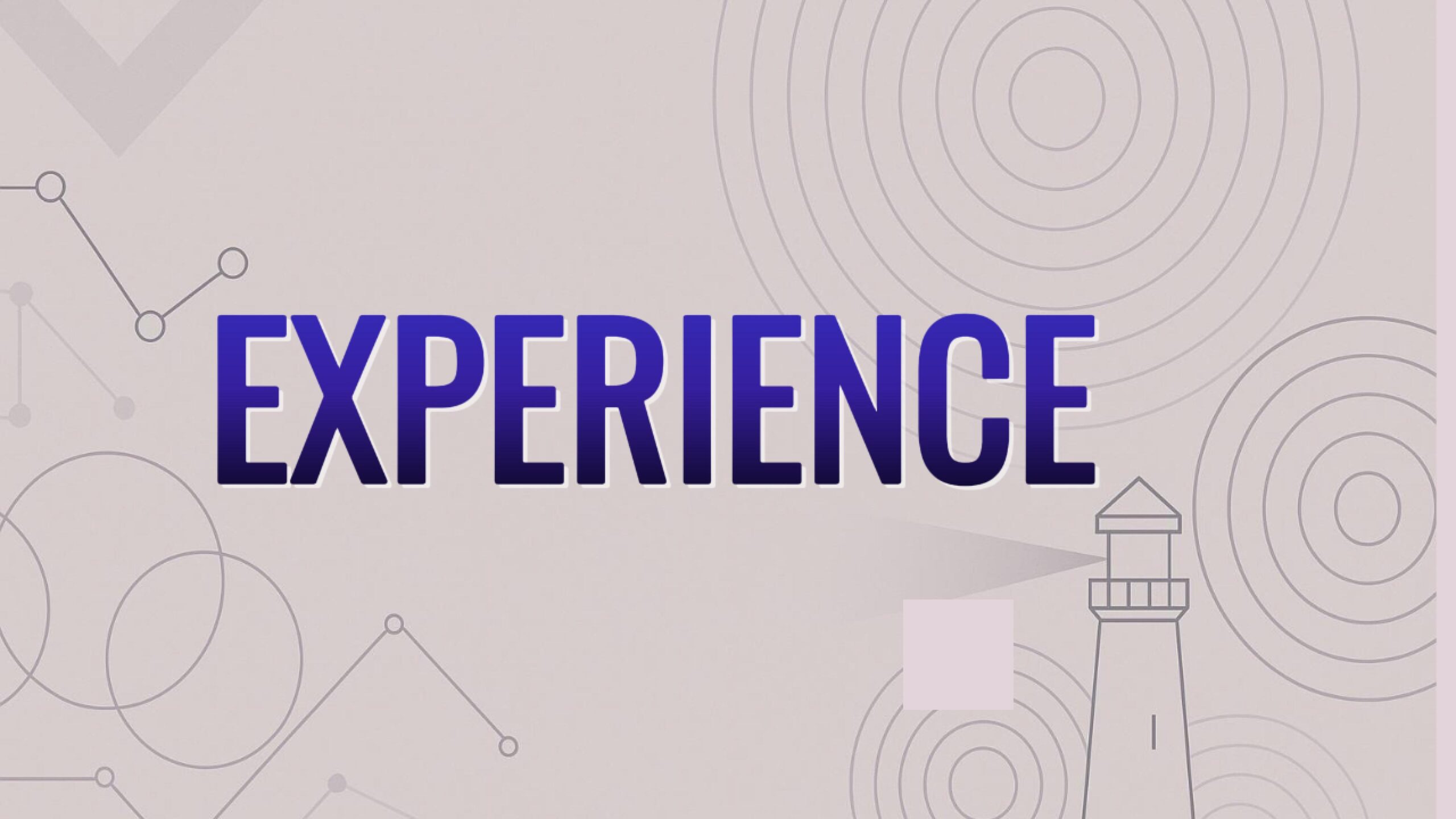
My experience
There is no substitute for experience, and I will explain in a moment why I am grateful for each of my professional stations, especially in the marketing-driven large companies – brands provide security here as well.
But let’s talk first about the foundation, or what is thought of it. Theory is, of course, an important part of a consultant’s success. But you can’t just rest on your laurels with theory; you have to keep checking it against practice.
Today it’s hard to imagine, but when I graduated from university in 1996 with a degree in business administration, TV, radio and print were the only ways to get your message across to the masses. Everything else that could be targeted more specifically was categorized as “below the line”, such as events and direct marketing, and the big agencies were not interested in doing that. 1996 was also the year I started at Peugeot as a product manager. My first job, I had a desktop PC with a 40 MB hard drive in the office, but no internet, no email. Under these conditions, we in marketing decided on a whim to create a website limited to basic information. In the industry, we were suddenly pioneers and immediately won an award. The internet back then was for companies only something like the Yellow Pages, a place where you could find out about dealer locations and perhaps use an online form to request a catalog that was then sent to you by snail mail a few days later. It seemed normal to everyone.
Four years later, I myself was at one of these up-and-coming below-the-line agencies, and bang, that already with my own email address, and we also had a functioning internet connection. But online marketing was still regarded with suspicion as a marginal phenomenon; it was the boom years of elaborate postal mailing campaigns. I was responsible for test drive campaigns for Audi and Opel, where response rates of 40% were the norm, and Opel even achieved a sales rate of 3.6%. I was proud to accept prizes on stage again, whereas the dotcom bubble was bursting and many thought that the internet had seen its best days. Those were different times. When a colleague came into my office to tell me that a plane had crashed into the WTC, I first had to go home and turn on the TV to see it with my own eyes. The internet had simply collapsed, so many people wanted to access the internet at the same time on that September 11 that no website could be accessed.
In 2003, I joined Renault Germany as a brand manager and took over the position of marketing director after a short time. Online marketing was now taking up more and more space, and we were able to experiment a lot. But YouTube didn’t yet exist, and if you wanted to reach customers with a powerful visual impact, you booked classic media. During this time, when someone talked about digital marketing, they could also mean advertising for downloads of silly cell phone ringtones that ran late at night on TV.
At the end of 2005, I started my own business, and after all the wild practical experience, I was happy that I had learned a lot of important theory at university, which was now to benefit me: It is not the information, but the feelings that have the strongest effect on buying attitudes, even in people who act rationally. Those who understand and can fulfill emotional buying motives win customers. That was the approach of my marketing professor, Werner Kroeber-Riel, and when the hype surrounding neuromarketing began in 2006, I was a sought-after consultant. I wrote concepts and painted mock-ups of how to make websites more emotional, more enthralling, more interactive. Later, I worked on store design and exhibition stands, and then in 2007 I got the chance to align all of Vodafone Germany’s corporate activities with perception and behavior typologies: marketing and advertising, of course, but also customer service and retail activities. Once I got started, I was unstoppable, and faster than I thought I would have to give up my second job as a guest lecturer at the University of Lüneburg. At OTTO, at the time number 2 behind Amazon in Europe, I managed many exciting projects over the years. OTTO was aware of the responsibility of having to develop from a mail-order company to an e-commerce player. And so I helped to align the entire online presence with the perception of the customers, starting with the newsletter. It was all scientifically based, with 50,000 website visitors undergoing an online test to back up our results. Later, I also used the results to redevelop the imagery and wrote social media concepts.
Contracts from Deutsche Telekom and Unilever followed, and I also worked with clients such as DATEV, Deutsche Bahn, Mercedes-Benz and again Vodafone on a regular basis, for both B2C and B2B. One assignment took me to China, where I worked with Magna-Steyr and former BMW and McKinsey managers to position a new vehicle concept to the market and customers. In recent years, customers have become more international. In the new world of the home office, it is possible to easily work for customers in the US from my office in Palma. The online world has only brought me good things.
To sum up: I am very grateful for my experiences, both at university and in practice. I am pleased to be so well versed in the world of perception and decision-making mechanisms and to be able to explain how customers in different situations understand a message and why they then decide to make a purchase or not. And I look forward to my next project. What can I do for you?